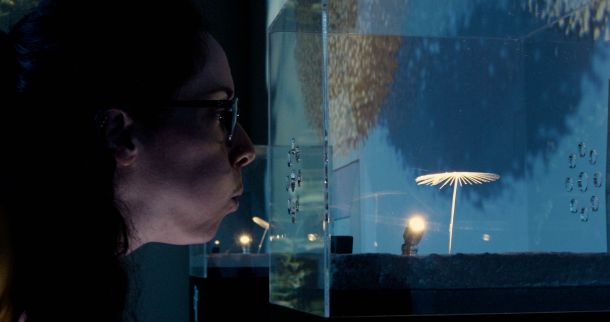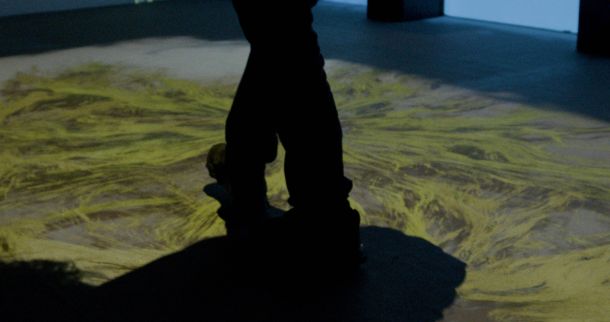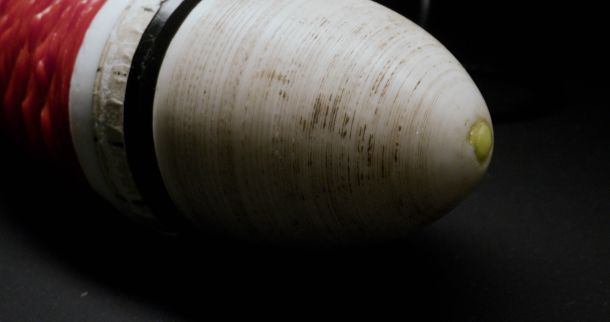EVOLUTIONARY ENTRANCE
Living organisms are very diverse. In nearly four billion years, so many species have formed. And so many have become extinct. What will be the future of Homo sapiens? Nature can point out some ways out.
An introduction video will allow people to leave their everyday lives behind and enter the world of bioinspired Robotics.
EVOLUTIONARY ENTRANCE
I, OCTOPUS
The octopus' intelligence is distributed along its body. Each of its arms can sense its environment and what is moving around it. Our hand, at sometimes, can be helpful.
They will be able to interact with a robotic octopus living inside an aquarium along with other strange creatures.
I, OCTOPUS
PLANT MOVEMENT
Plants appear to be motionless. But instead they are always moving and exploring, growing on the ground and in the air. Or carried around by animals, water and wind.
Inside an immersive room, they will live experiences based on particular natural phenomena.
These are the phenomena that this particular type of science-technology research tries to observe and imitate.
PLANT MOVEMENT
BIOROBOTECA
Bioinspired robots can be soft, slow and biodegradable. They can grow and move, adapt to circumstances or scatter randomly over a territory. They can penetrate the soil, monitor an environment and restore it, climb and collect energy.
This room presents an exhibition of bioinspired robots that can be observed up close to understand, through a series of multimedia contents, their history and usefulness.
BIOROBOTECA
INSPIRATION ZONE
Observing natural phenomena and trying to understand, imitate and transform them. Nature has always been a source of inspiration. Artificial intelligence also came about in this way. We copy nature by nature. But why?
An area where you can stop and read scientific books and articles, look at images "copied" by an artificial intelligence system, or simply relax and reflect on the experience you just had.
INSPIRATION ZONE



























































